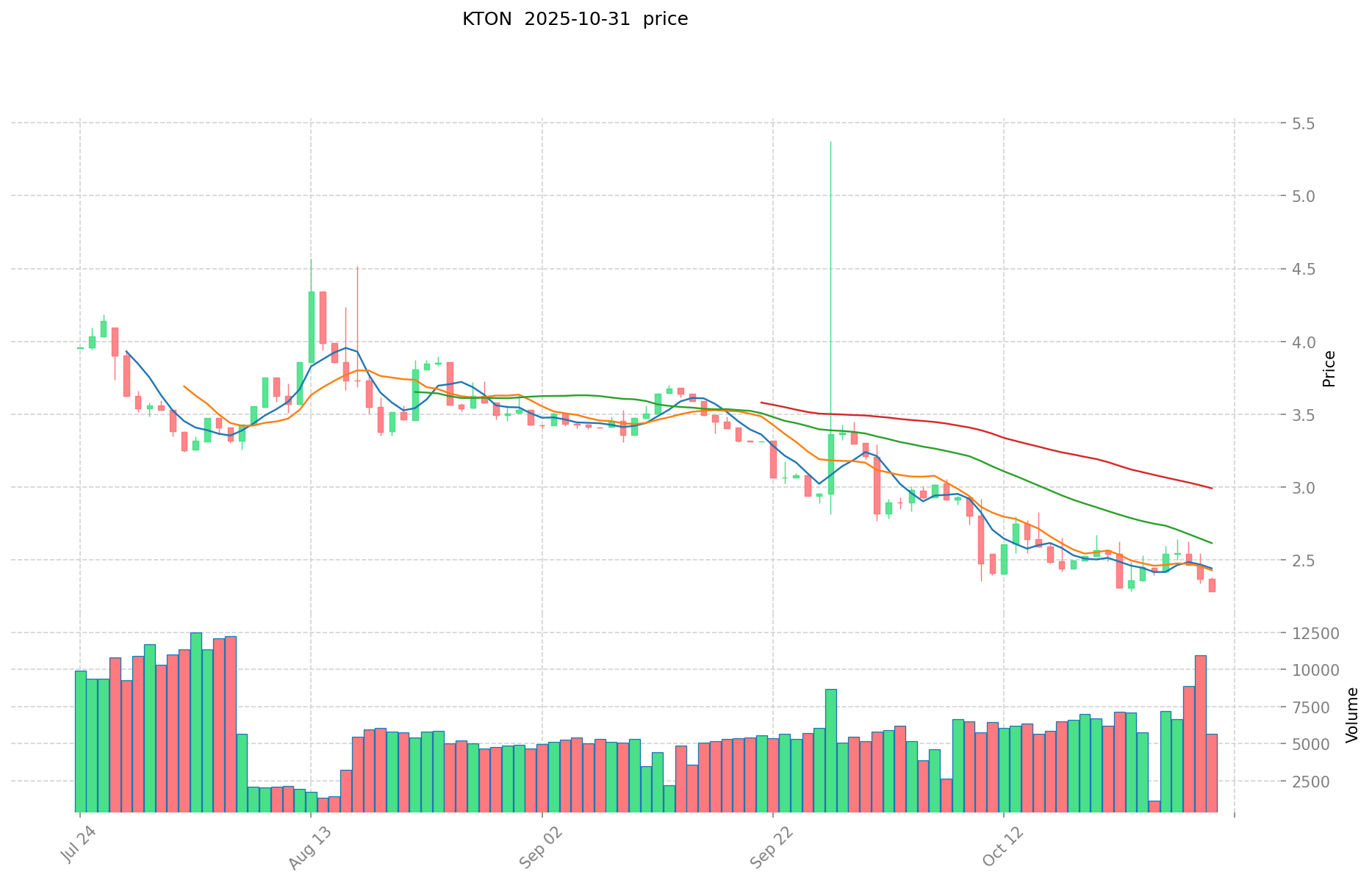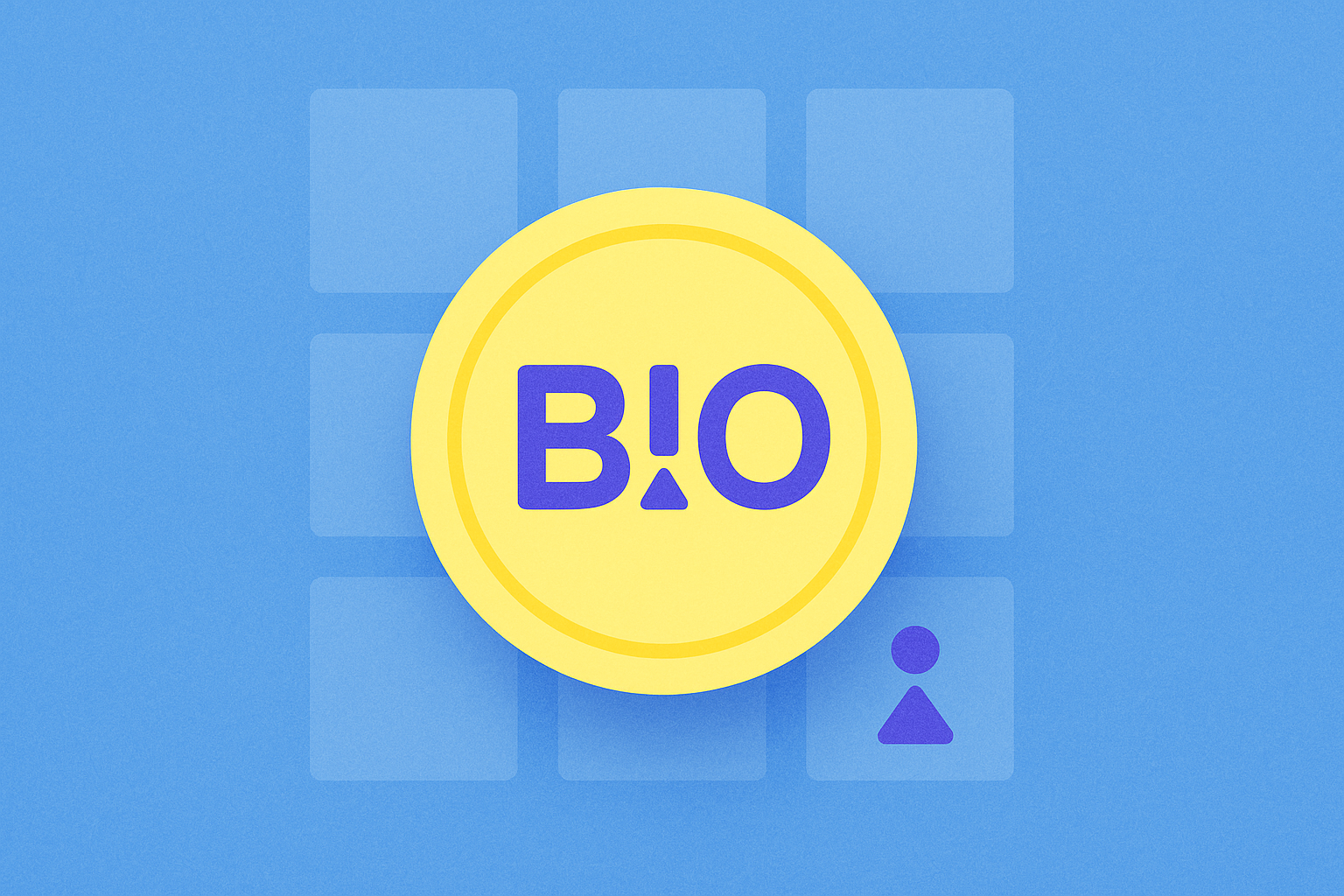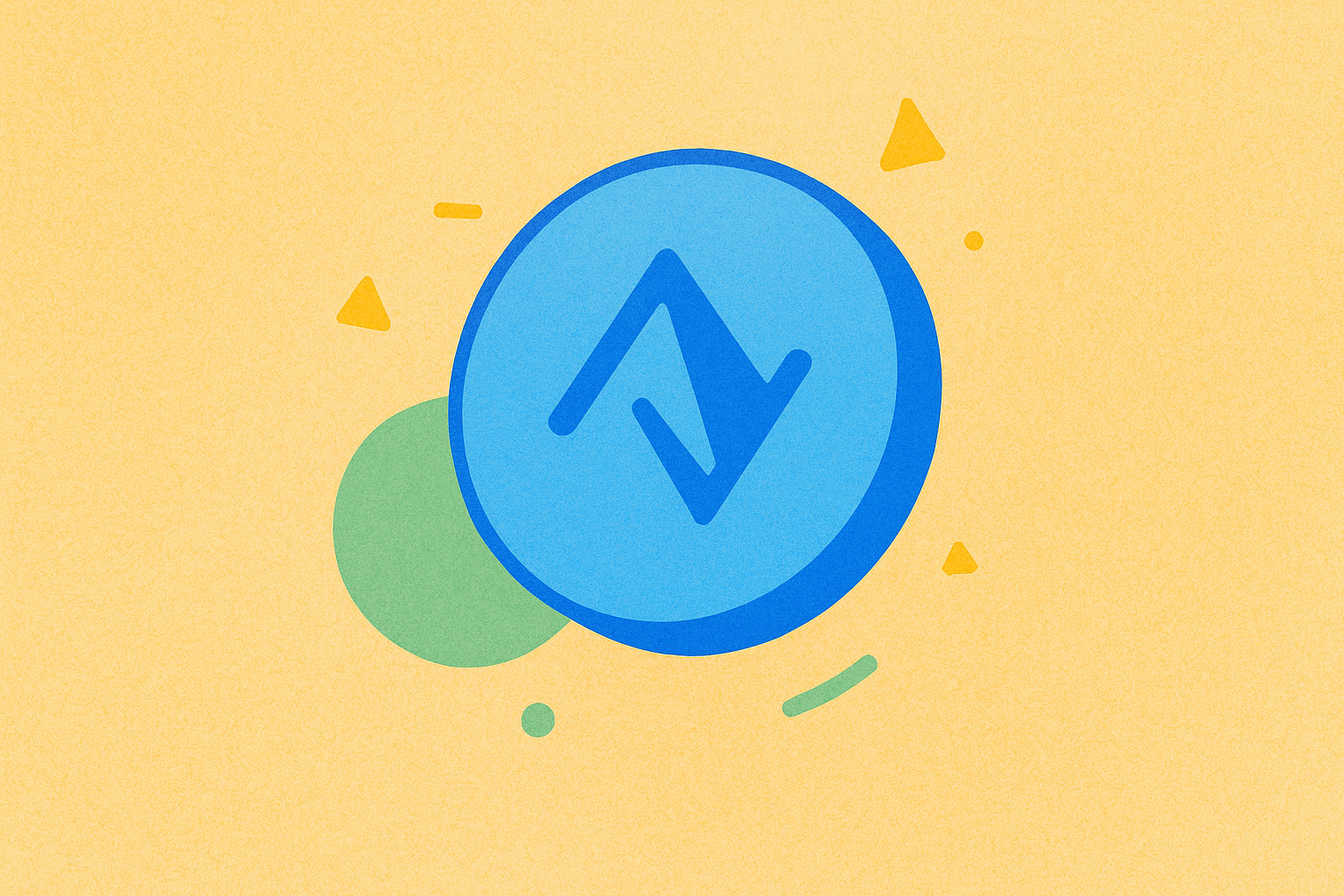Darwinia Network'ün Ekosisteminde KTON Nedir: Temel Tokeni Anlamak

KTON'un Konumu ve Önemi
2020 yılında Darwinia Network ekibi, KTON'u yerel tokenları RING'in türevi olarak geliştirdi. KTON, staking sistemlerinde uzun vadeli bağlılığı teşvik etme sorununa çözüm sunmayı amaçlıyor.
Darwinia Network ekosisteminde bir "bağlılık tokenı" olan KTON, yönetişim ve staking ödüllerinde temel bir rol üstlenir. Kullanıcıların RING tokenlarını uzun süre kilitlemesini teşvik ederek ağın istikrarını ve güvenliğini artırır.
2025 itibarıyla KTON, Darwinia Network'ün tokenomik yapısının merkezinde yer alıyor; 2.371 sahibi ve ağın yönetişim ile staking süreçlerinde aktif katılımı ile öne çıkıyor. Bu raporda teknik mimarisi, piyasa performansı ve gelecekteki potansiyeli incelenecek.
Kökeni ve Gelişim Süreci
Oluşumun Arka Planı
KTON, Darwinia Network ekibi tarafından 2020'de staking sistemlerinde kısa vadeli yaklaşım sorununu aşmak amacıyla geliştirildi. Decentralized Finance (DeFi) yükselişi ve zincirler arası birlikte çalışabilirliğin önem kazandığı dönemde ortaya çıktı.
KTON'un hedefi, Darwinia Network'e uzun vadeli bağlılık için ek teşvikler sunmak ve ağın istikrarı ile güvenliğini güçlendirmektir. KTON'un piyasaya sürülmesi, kullanıcıların ağ yönetişimine katılımı ve uzun vadeli destekleri karşılığında ödüller kazanmalarını sağladı.
Önemli Dönüm Noktaları
- 2020: KTON, Darwinia Network ile birlikte piyasaya sürülerek staking ödüllerinde yenilikçi bir yaklaşım sundu.
- 2020: KTON, 1 Eylül 2020'de $416,09 ile tüm zamanların en yüksek fiyatına ulaştı, erken yatırımcı ilgisini gösterdi.
- Sürekli: Darwinia Network'ün zincirler arası birlikte çalışabilirlik ve NFT uygulamalarına odaklanan sürekli gelişimi, dolaylı olarak KTON'un kullanım alanı ve değerini etkiliyor.
Darwinia Network Vakfı ve topluluk desteğiyle, KTON ağın zincirler arası teknoloji ve NFT altyapısındaki ilerlemesiyle birlikte gelişimini sürdürüyor.
KTON Nasıl Çalışır?
Merkeziyetsiz Kontrol
KTON, dünyanın farklı noktalarına yayılmış, merkezi bir otoriteden bağımsız bilgisayarlar (node) ağı olan Darwinia Network üzerinde çalışır. Bu node'lar işlemlerin doğrulanmasında birlikte çalışır, sistemin şeffaflığını ve dayanıklılığını sağlar, kullanıcılara daha fazla özerklik sunar.
Blokzincir Temeli
KTON işlemleri, Darwinia Network'ün blokzincirinde kaydedilir; herkese açık ve değiştirilemez dijital bir defterdir. İşlemler bloklar halinde gruplanır ve kriptografik hash'lerle birbirine bağlanarak güvenli bir zincir oluşturur. Kayıtlar herkes tarafından görüntülenebilir, bu da aracılara gerek kalmadan güveni sağlar.
Substrate altyapısı üzerine kurulan Darwinia Network, Polkadot'un parachain ekosistemiyle uyum ve harici zincirlerle birlikte çalışabilirlik sayesinde performansı artırır.
Adil İşleyiş
KTON, staking odaklı olması sebebiyle Darwinia Network'ün muhtemelen Proof-of-Stake (PoS) konsensüs mekanizmasını kullanır. Doğrulayıcılar, ağın güvenliğini sağlamak amacıyla RING ve KTON stake ederek katkıları karşılığında ödüller kazanır.
Çift token modeli (RING ve KTON), uzun vadeli bağlılığı ve ağ yönetişimine aktif katılımı teşvik eder.
Güvenli İşlemler
KTON, işlemleri güvence altına almak için açık-özel anahtar kriptografisini kullanır:
- Özel anahtarlar (şifre gibi) işlemleri imzalamak için kullanılır
- Açık anahtarlar (hesap numarası gibi) sahipliği doğrulamak için kullanılır
Bu sistem, fonların güvenliğini sağlarken işlemlerde takma isimli gizlilik sunar. Ek güvenlik özellikleri, Darwinia Network'ün zincirler arası varlık transferleri ve NFT uygulamalarına odaklanan altyapısıyla desteklenebilir.
KTON'un Piyasa Performansı
Dolaşım Özeti
31 Ekim 2025 itibarıyla KTON'un dolaşımdaki arzı 149.215; bu rakam aynı zamanda toplam arzı da oluşturmaktadır: 149.215.
Fiyat Hareketleri
KTON, 1 Eylül 2020 tarihinde $416,09 ile tarihi zirvesini gördü. En düşük değeri ise $1,71 ile 4 Eylül 2024 tarihinde yaşandı. Bu dalgalanmalar, piyasa duyarlılığı, benimseme eğilimleri ve dış etkenlerle ilişkilidir.
Güncel KTON piyasa fiyatını görmek için tıklayın

Zincir Üstü Metrikler
- Günlük İşlem Hacmi: $9.539,94 (ağ etkinliğini gösterir)
- Aktif Adresler: 2.371 (kullanıcı etkileşimini yansıtır)
KTON Ekosistemi Uygulamaları ve Ortaklıkları
Temel Kullanım Senaryoları
KTON ekosistemi farklı uygulamalara olanak tanır:
- Staking: Kullanıcılar ana ağda staking yaparak etki sahibi olabilir, yönetişime katılabilir ve ödüller elde edebilirler.
- DeFi: KTON, bağlılık tokenı olarak RING tokenlarının uzun süreli kilitlenmesini teşvik eder.
Stratejik İşbirlikleri
KTON, Darwinia Network ile Polkadot ekosistemi arasında bağlantı kurarak zincirler arası kabiliyetlerini ve piyasa görünürlüğünü artırıyor.
Tartışmalar ve Zorluklar
KTON'un karşı karşıya olduğu başlıca zorluklar şunlardır:
- Piyasa Dalgalanması: Fiyat, $416,09 ile zirveye ve $1,71 ile tabana ulaşarak ciddi dalgalanma göstermiştir.
- Benimseme: Türev token olarak KTON'un başarısı, Darwinia Network'ün benimsenmesiyle doğrudan bağlantılıdır.
- Rekabet: Proje, diğer zincirler arası çözümler ve DeFi platformlarıyla rekabet etmektedir.
Bu başlıklar, toplulukta ve piyasada tartışmalara neden olmakta; KTON ve Darwinia Network'ü yeniliğe yönlendirmektedir.
KTON Topluluğu ve Sosyal Medya Ortamı
Topluluk İlgisi
KTON topluluğu şu alanlarda aktif:
- Güncel verilere göre 2.371 token sahibi.
- Sosyal medya platformlarında, özellikle Darwinia Network ekosistemindeki rolü üzerine canlı tartışmalar.
Sosyal Medya Eğilimleri
Sosyal platformlardaki görüşler karmaşık:
- Destekçiler KTON'un uzun vadeli bağlılığı teşvik eden rolünü ve Polkadot ekosistemindeki potansiyelini övüyor.
- Eleştirmenler ise fiyat dalgalanması ve tokenın RING ile olan karmaşık ilişkisine odaklanıyor.
Son dönemdeki eğilimler, genellikle piyasa hareketleri ve Darwinia Network'teki gelişmelere paralel olarak dalgalanıyor.
Gündemdeki Konular
Kullanıcılar KTON'un şu alanlardaki rolünü konuşuyor:
- Zincirler arası birlikte çalışabilirlik
- Polkadot ekosisteminde DeFi uygulamaları
- Yönetişim ve staking mekanizmaları
Bu tartışmalar, KTON'un potansiyelini ve daha geniş çapta benimsenme yolunda karşılaştığı engelleri ortaya koyuyor.
KTON Hakkında Daha Fazla Bilgi Kaynağı
- Resmi Web Sitesi: Özellikler, kullanım alanları ve güncel gelişmeler için Darwinia Network'ün resmi web sitesini ziyaret edin.
- Sosyal Medya: Haberler ve topluluk etkileşimi için Darwinia Network'ü Twitter üzerinden takip edin.
- Geliştirici Kaynakları: Teknik ayrıntılar ve katkılar için GitHub reposunu inceleyin.
KTON Gelecek Yol Haritası
- Sürekli Gelişim: Polkadot ekosistemiyle entegrasyonun sürdürülmesi ve zincirler arası kabiliyetlerin geliştirilmesi.
- Ekosistem Hedefleri: NFT piyasalarının büyümesini, stablecoin zincirler arası transferlerini ve varlık değişimlerini desteklemek.
- Uzun Vadeli Vizyon: Darwinia Network'ü ve KTON'u, zincirler arası ve çoklu zincir uygulamaları için önemli bir altyapı haline getirmek.
KTON'a Nasıl Katılırım?
- Satın Alma Seçenekleri: Gate.com üzerinden KTON satın alın.
- Depolama Çözümleri: Güvenli saklama için ERC-20 uyumlu cüzdanları kullanın.
- Yönetişime Katılım: KTON ile Darwinia Network'ün yönetişim süreçlerine katılın.
- Ekosisteme Katkı: Projenin gelişimine destek olmak için Darwinia Network'ün geliştirici dokümantasyonunu inceleyin.
Özet
KTON, Darwinia Network içinde RING'in türevi olarak, ekosisteme uzun vadeli bağlılık ve katılımı teşvik etmede anahtar rol oynar. Yönetişim hakları ve staking ödülleri gibi ayrıcalıklar sunar. Piyasa dalgalanması ve rekabet gibi zorluklara rağmen, Polkadot ekosistemiyle entegrasyonu ve zincirler arası birlikte çalışabilirliğe odaklanması sayesinde merkeziyetsiz teknoloji alanında dikkat çeken bir projedir. Kripto ekosisteminde yeni ya da deneyimli olsanız da KTON ve Darwinia Network, zincirler arası çözümler ve DeFi uygulamaları açısından takip edilmeye değer bir potansiyele sahiptir.
Sıkça Sorulan Sorular
KTON nedir?
KTON, Darwinia Network ekosisteminde staking ve yönetişim amacıyla kullanılan bir token'dır. RING tokenlarını uzun süre kilitleyerek kazanılır, ağın istikrarını ve katılımı teşvik eder.
Kton nedir ve ne için kullanılır?
Kton, TON blokzinciri üzerinde merkeziyetsiz likit staking protokolüdür. TON sahiplerini node operatörleriyle buluşturur, işlemleri doğrulayarak ödül kazandırır ve likiditeyi korur.
1 kiloton ne demektir?
1 kiloton, 1.000 ton TNT'nin patlayıcı gücüne eşdeğer olup yaklaşık 4,184 terajoule enerji açığa çıkarır.
1 kiloton ne kadar güçlüdür?
1 kiloton, 1.000 ton TNT patlayıcı gücüne eşittir. Nükleer silah verimi ölçümünde kullanılan bir birimdir. Karşılaştırma yapmak gerekirse, şimdiye kadar test edilen en büyük nükleer silahın verimi 50 megatondur.

USUAL nedir: Sistemler Kullanıcı Kimlik Doğrulama Yaşam Döngüsünü Anlamak

USUAL nedir: Yapay zeka geliştirme süreçlerinde istatistiksel üst örnekleme ve öğrenme kavramlarının anlaşılması

2025 yılında Plasma'nın topluluğu ve ekosistemi ne düzeyde aktif?

PRISM nedir: NSA’nın tartışmalı gözetim programı hakkında bilgi

BAC nedir: Kan Alkol Konsantrasyonu ve Sürüşe Etkilerini Anlamak

COOKPROTOCOL nedir: Mutfak sektöründe devrim yaratan merkeziyetsiz bir platform

Aleo (ALEO) iyi bir yatırım mı?: 2024’te Fiyat Potansiyeli, Teknoloji ve Risk Faktörlerinin Kapsamlı Analizi

Bio Protocol (BIO) iyi bir yatırım mı?: Piyasa Potansiyeli, Risk Faktörleri ve Yatırım Olanaklarına Dair Kapsamlı Bir Analiz

Holo (HOT) iyi bir yatırım mı?: 2024 yılına yönelik fiyat potansiyeli, piyasa temelleri ve risk faktörlerinin kapsamlı analizi

BBT ve RUNE: DeFi Ekosisteminde Öne Çıkan İki Blockchain Token’ının Kapsamlı Karşılaştırması

RaveDAO (RAVE) iyi bir yatırım mı?: Token temelleri, piyasa performansı ve gelecekteki potansiyeli üzerine kapsamlı bir analiz







